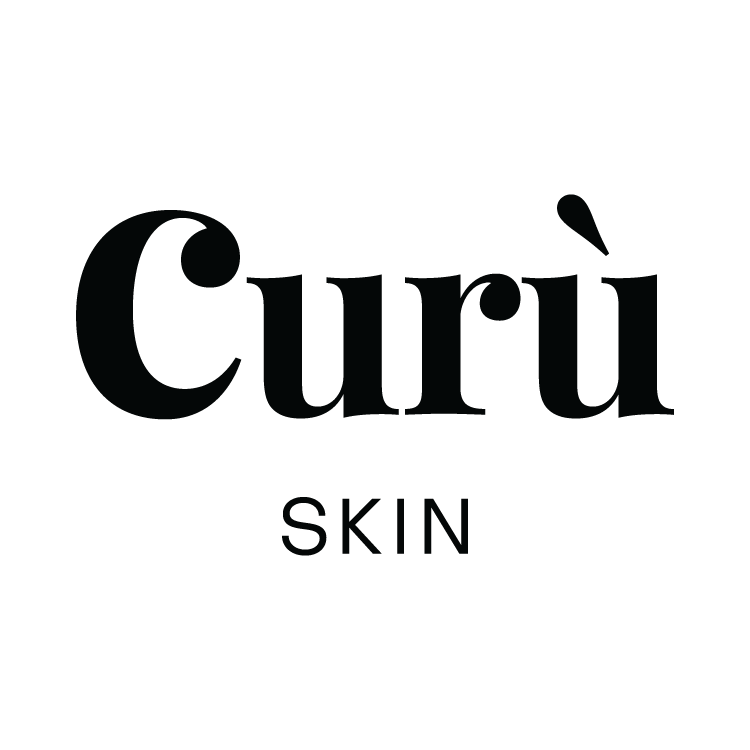Melanoma Awareness: Know the Signs, Save Your Skin.
Know the Spots, Save Your Skin: Understanding Melanoma
Imagine a freckle. Now imagine that freckle changing, growing darker, becoming asymmetrical, developing uneven borders. That seemingly innocent spot could be melanoma, the deadliest form of skin cancer.
May is Melanoma Awareness Month, a crucial time to educate ourselves and others about this potentially life-threatening disease. While melanoma is often associated with sun exposure, it’s vital to understand that everyone is at risk, regardless of skin tone. This post will guide you through the essential information you need to know about melanoma detection, particularly addressing the critical gap in awareness and data for those with darker skin.
The Science Behind It
Melanoma develops when melanocytes, the cells that produce melanin (skin pigment), become cancerous. Ultraviolet (UV) radiation from the sun or tanning beds is a major risk factor, damaging DNA and triggering uncontrolled cell growth. While fairer skin types are more susceptible to sunburn and generally have a higher risk of melanoma, anyone can develop this cancer.
How it Relates to Skincare
Your skincare routine plays a vital role in overall skin health, but it’s not a substitute for regular skin checks and professional screenings. Think of your skincare as a support system for your skin, helping it stay healthy and resilient, while screenings are like a targeted surveillance, looking for specific signs of trouble. While sunscreen can help protect against UV damage, it’s not foolproof. Even with diligent sunscreen use, some UV rays can still penetrate the skin. That’s why a comprehensive skincare routine that focuses on both prevention and repair is crucial for mitigating sun damage and potentially making melanoma easier to detect.
Prevention: Daily use of broad-spectrum sunscreen with an SPF of 30 or higher is paramount. Broad-spectrum sunscreen protects against both UVA and UVB rays, which are the culprits behind sunburn, premature aging, and skin cancer. Think of your sunscreen as your first line of defense against the sun’s harmful rays.
Repair: Even with the best protection, some sun damage can still occur. Incorporating ingredients with reparative benefits can help reverse some of this damage and support your skin’s natural healing processes. Look for ingredients like:
- Antioxidants: These powerful molecules neutralize free radicals, which are unstable molecules generated by sun exposure that damage skin cells and contribute to premature aging. Rosehip oil contains vitamin C, which is a potent antioxidant that boosts collagen synthesis and brightens skin tone. Vitamin E is found in many seed oils highlighted in Curù Skin’s After Sun Facial Oil, including grape, carrot, meadowfoam, rosehip, and cranberry.
- Humectants: Humectants like Hyaluronic Acid draw moisture into the skin, keeping it hydrated and plump. Sun exposure can dehydrate the skin, so replenishing moisture is essential for maintaining a healthy skin barrier.
Practical Tips + Recommendations
The ABCDEs of Melanoma: Learn the signs: Asymmetry, Border irregularity, Colour variation, Diameter greater than 6 mm (pencil eraser size), Evolving (changing in size, shape, or colour).





Regular Self-Exams: Perform a thorough skin check monthly, paying attention to all areas, including the scalp, palms, soles of feet, and under your nails. It is recommended to have a partner, family member, or friend assist in visually checking hard-to-reach areas, like the back.
Professional Skin Exams: Schedule an annual skin exam with a dermatologist, especially if you have a family history of skin cancer, multiple moles, or atypical moles. The dermatologist can perform a comprehensive skin exam to identify suspicious skin lesions, even in difficult-to-see locations. For those at very high risk, photography of the entire skin surface (total body photography) may be used to monitor changes over time).
Photographic Documentation: Take photos of your moles and freckles to track any changes over time. This can be incredibly helpful for early detection.
Sun Protection: Wear broad-spectrum sunscreen with an SPF of 30 or higher daily, even on cloudy days. Apply sunscreen liberally 15-20 minutes before sun exposure. Reapply every two hours, especially after swimming or sweating. Seek shade during peak sun hours (10am - 4pm). Wear protective clothing, including wide-brimmed hats, sunglasses, and long sleeves, wherever possible.
Post-Sun Care: Incorporate after-sun care into your routine to soothe and repair sun-exposed skin. Look for products containing aloe vera, antioxidants, and hydrating ingredients.
Lifestyle Choices for Healthy Skin: Be mindful of how much time you’re spending in direct sun. Maintain a balanced diet rich in fruits and vegetables to boost your body’s natural antioxidant levels.
Advocate for Inclusivity: Encourage conversations about melanoma within all communities, emphasizing the importance of early detection for all skin tones. Share resources and information specifically tailored to darker skin tones. Melanoma can affect anyone, regardless of skin colour.
Melanoma is a serious but often preventable disease. By understanding the risks, practicing regular self-exams, and seeking professional guidance, you can take proactive steps to protect your skin. This Melanoma Awareness Month, let’s commit to spreading awareness, dispelling myths, and advocating for inclusive education and early detection for all. Schedule your skin check today. Your skin will thank you.


